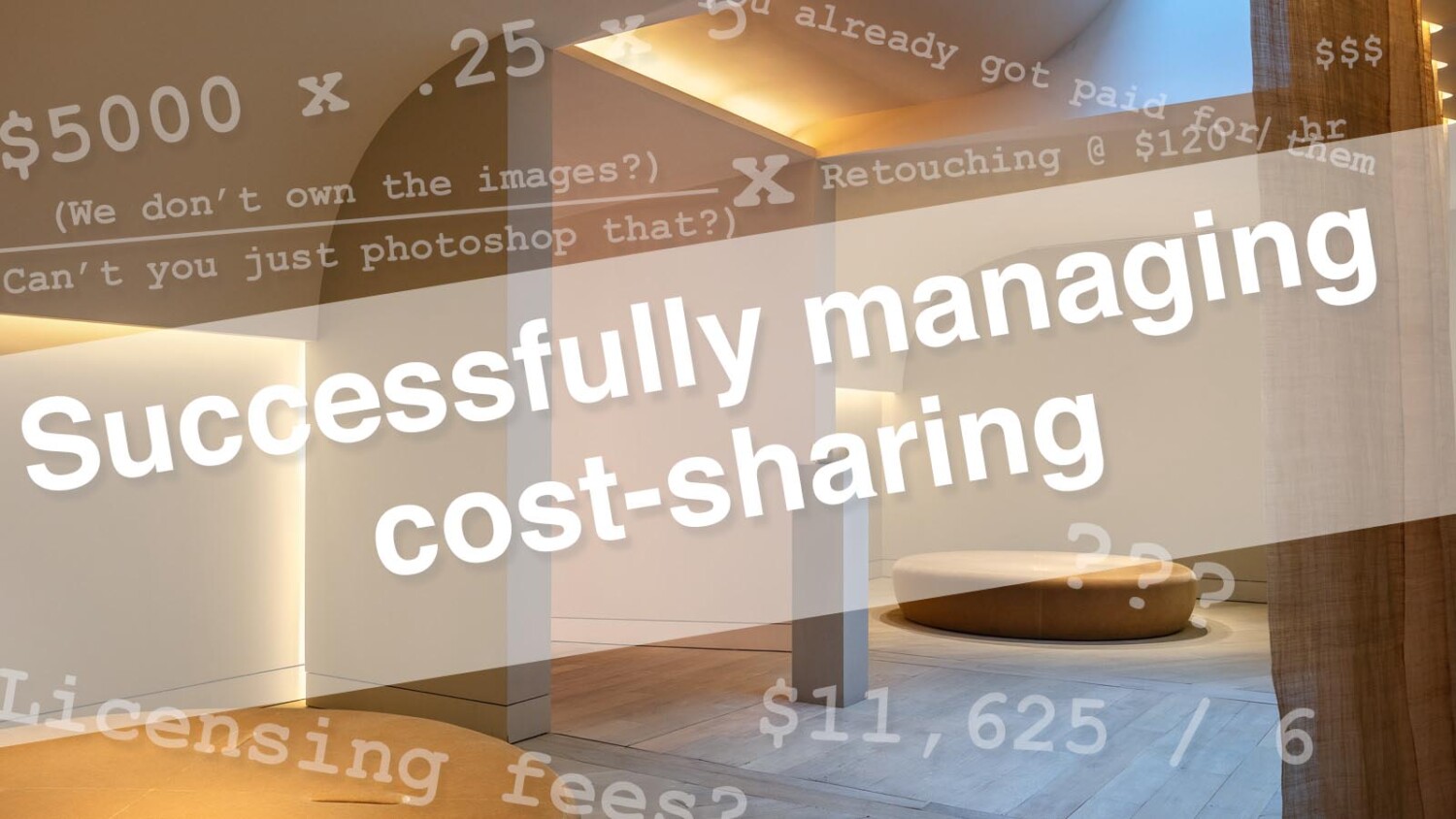How to Make More Money with Cost-Sharing
Cost-sharing is a common business practice in architecture and interiors photography that allows the photographer to make more money by providing more clients access to project images for less money. It may sound counterintuitive at first, but can be a simple way to create happier clients while significantly improving profit margins with little additional overhead.
Why cost-share?
Architectural photography, unlike many other genres, benefits from both the luxury of photographing privately owned spaces and the inconvenience of photographing privately owned spaces. In many cases, once a homeowner, business owner, or tenant allows an architectural photographer to photograph their space, they probably aren’t going to allow anyone else in to photograph it, barring extenuating circumstances. Imagine you are a business or a homeowner – you are probably contractually obligated to let your architecture or design firm photograph the space for their portfolio, yet at the same time, you don’t want a parade of photographers coming into your home each weekend. I could easily see a scenario where the architect wants their own photographer to create images, an interior designer wants their own photographer, the builder, the landscaping company, the window company – you see where this is going.
Given that most property owners would prefer not to have this occurring, we can alleviate the situation by establishing a cost-share program with our clients. In a cost share, one photographer is hired to photograph a space and distribute images to each party involved. Usually there is one commissioning party (in my case, this is most often an architect or developer) and they will ask other interested contractors if they’d like to participate. Usually, the original client can bring on 3-4 additional parties to purchase photographs.
How does the original client benefit?
Let’s pretend that the price for a standard day of photography is $5000 – who cares what the subject is. Maybe it’s a high rise, a hotel, a home, an apartment building. The simplest arrangement would be for one client to hire you and pay the full $5000. They would then receive the photos, but they would be the only company allowed to use those photos (you’re not just giving photos away to everyone for free, are you?).
Now let’s look at a cost-sharing scenario. Let’s drill down a little bit and say we are going to photograph an office building for the architect. Well, there are more players involved in getting that project finished than just an architect – an interior designer, a furniture manufacturer, art consultants, flooring providers, sound dampening suppliers and acousticians, etc.
Given that more and more companies are beginning to see the benefits of having great photographs of their projects for marketing materials, let’s say that five parties are now interested in having photographs of this project – it would be asinine to send five photographers on five separate weekends, so the initial hiring client – in this case an architect, may reach out to the other parties involved in the project to ask if they would like to buy the photos.
Of course they do – you’re brilliantly talented and create great images – enter the cost-share.
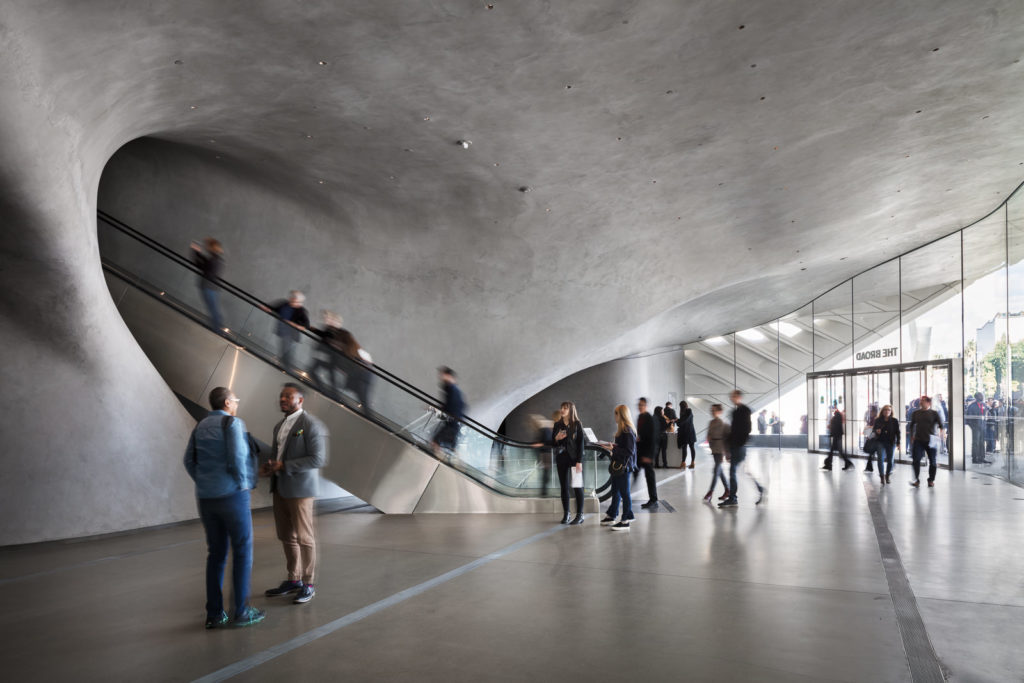
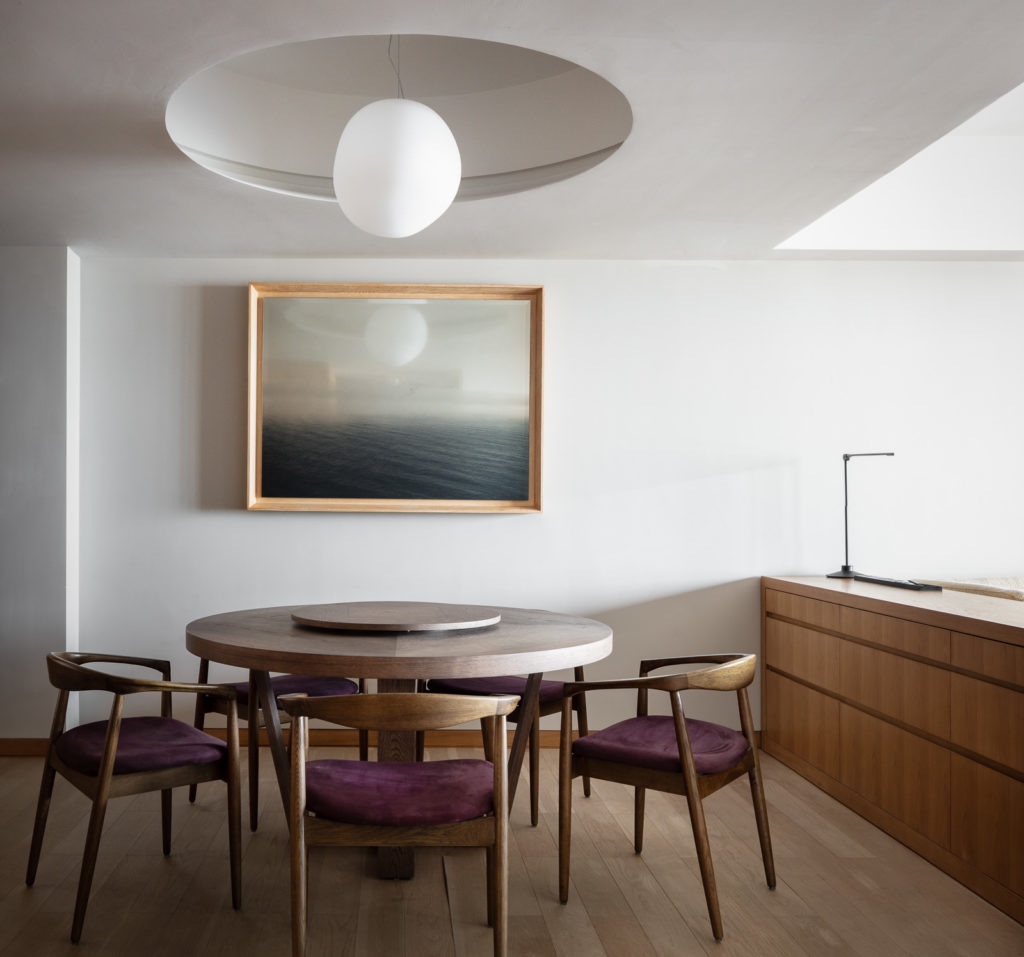
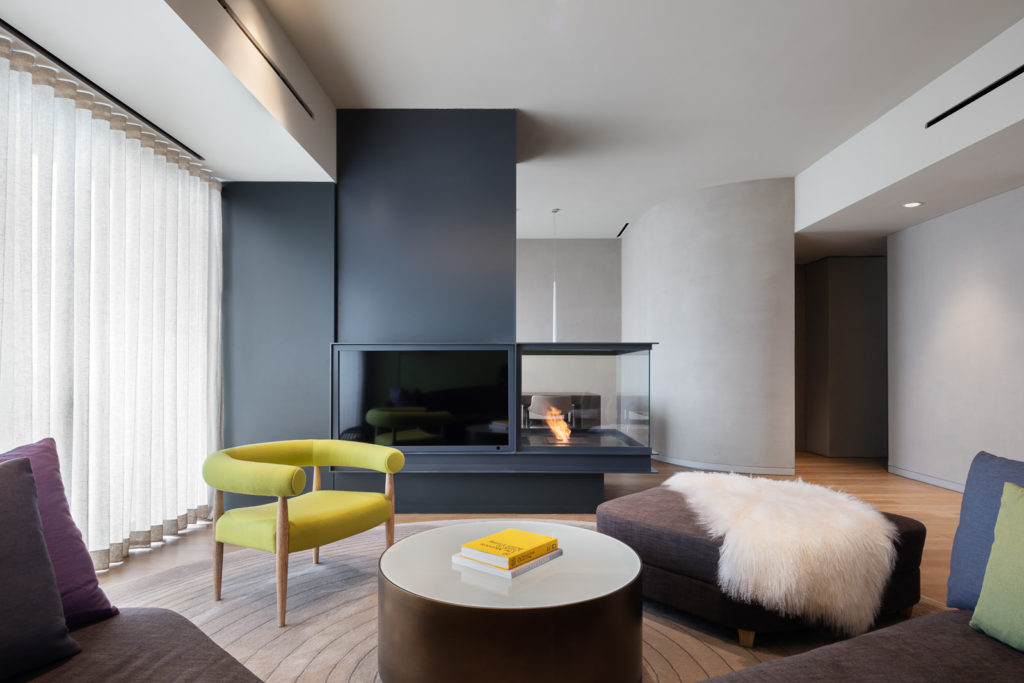
How do you benefit?
You can pick a number, any number, but let’s make it easy and say for a 25% surcharge on the original commission price, an additional company may purchase a license to use the images. So the original fee which was $5000 and granted one license to one company becomes $6250 – $5000 + $1250, and allows two licenses for two companies.
Let’s extrapolate. Five companies want the images. 25% of $5000 is $1250, multiplied by five, is $6250. Add the initial $5000 to our cost share component, and the total becomes $11,250.
Outrageous, you say, impossible! I could never charge that! Regionalism, competition, the 1%! Well, let’s look at the other side of the coin. You can now allow your clients to split this bill any way that they like. In nearly all cases, it’s split evenly – though sometimes clients buy images for clients as favors, gifts, or whatever. Take our $11,250 and divide it by six (architect, interior designer, furniture manufacturer, art consultant, flooring, acoustician) and you get $1,875 per client.

Now the benefits of a cost share become clear – the images, which at first seemed very expensive, have become much cheaper for everyone to purchase. They’ve gone from a significant upfront cost to a much more manageable and swallowable number, even for small firms. Everyone involved gets a killer deal.
It is very important that all cost-share contracts are signed ahead of the photography being created. There is no further opportunity for a cost-share after photography has taken place; it’s pretty much a ‘get your chips in the pot before we bet’ type of situation. After photography, clients are welcome to individually license images, although at a higher cost than if they just did a cost share in the first place. It completely defeats the purpose of the cost share (and creates a lot of headache) when clients are reluctant to buy in and instead prefer to cherry-pick only the best images.
Where it gets a little messy
Sometimes things can get a little messier with cost share agreements, so it’s important to outline your terms upfront. This becomes easier if you remember that our job is 50% moving furniture, 40% pushing paper, and 10% photography. What if every company wants a representative there to tell you where to point the camera? What if a company only wants “a few” images? What if someone wants to look at them first before committing? Here are a few ground rules I lay down to alleviate potential headache.
1) No more than two clients on site. This avoids a too many cooks in the kitchen scenario where everyone has a different opinion on what to feature. In most cases, the photographs for the architects and interior designers will also capture what the flooring guys need. There will be some shots that feature the sound dampening panels, the art, and so on. I’ll make a mental note of everyone who’s paying and on location make sure that we at least get one hero shot of every product, or a few shots that feature those products prominently, if possible.
2) It’s all or nothing. It’s too much back-and-forth to shoot everything and then work out the numbers if someone wants to pick and choose images, especially when cost sharing. If they don’t want to get on board with the cost share, they can just wait until the shoot is over to license images individually. In this case, licensing more than 4 images is going to cost more than just cost sharing anyway, as my “after the fact” license starts around $500 per image for commercial use.
3) Designate one party for retouching feedback. Look up the word “headache” in the dictionary. It’s defined as taking five different retouching instructions from five different clients. In most cases, I’ll want this to be the original commissioning party. Individual changes for specific clients after the final round of images are delivered are billed at a standard retouching rate of $120 per hour.
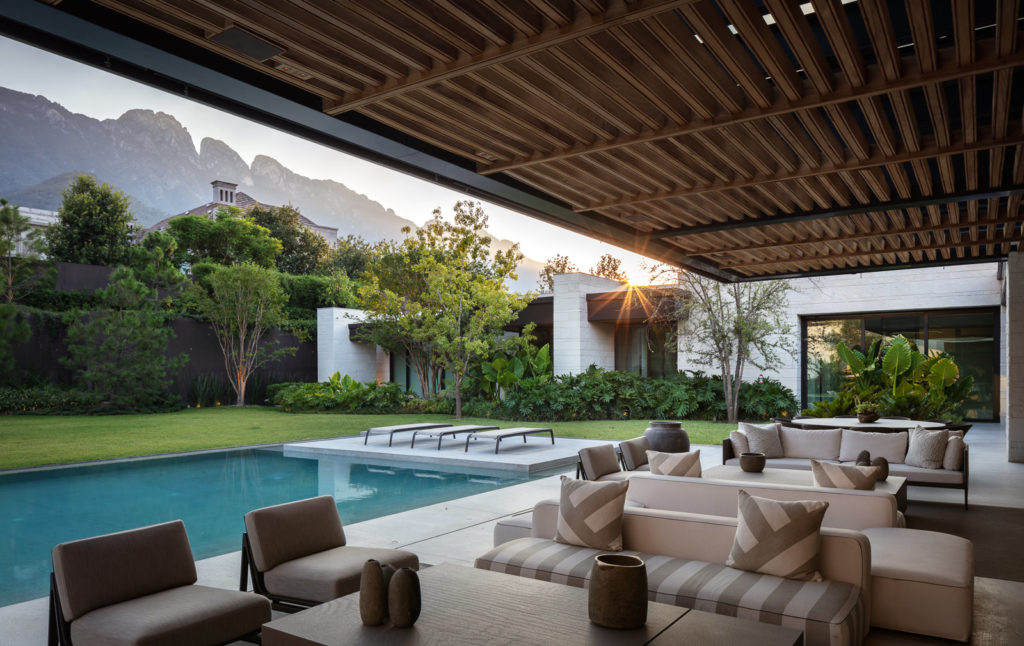
Who gets invoiced?
In some situations, you can send one invoice and the client will then bill their own subcontractors or send an invoice to their partner. In other cases, you’ll be splitting up the invoice five or six different ways. This can be a total PITA, and my preferred method is to send one invoice, but sometimes you are just at the mercy of whoever is paying the bills. It helps to have a good invoicing software to be able to keep track of five different outstanding invoices floating around out there – I know I’ve screwed this one up before – but hopefully the added money you make is more than enough to alleviate any frustration on this end.
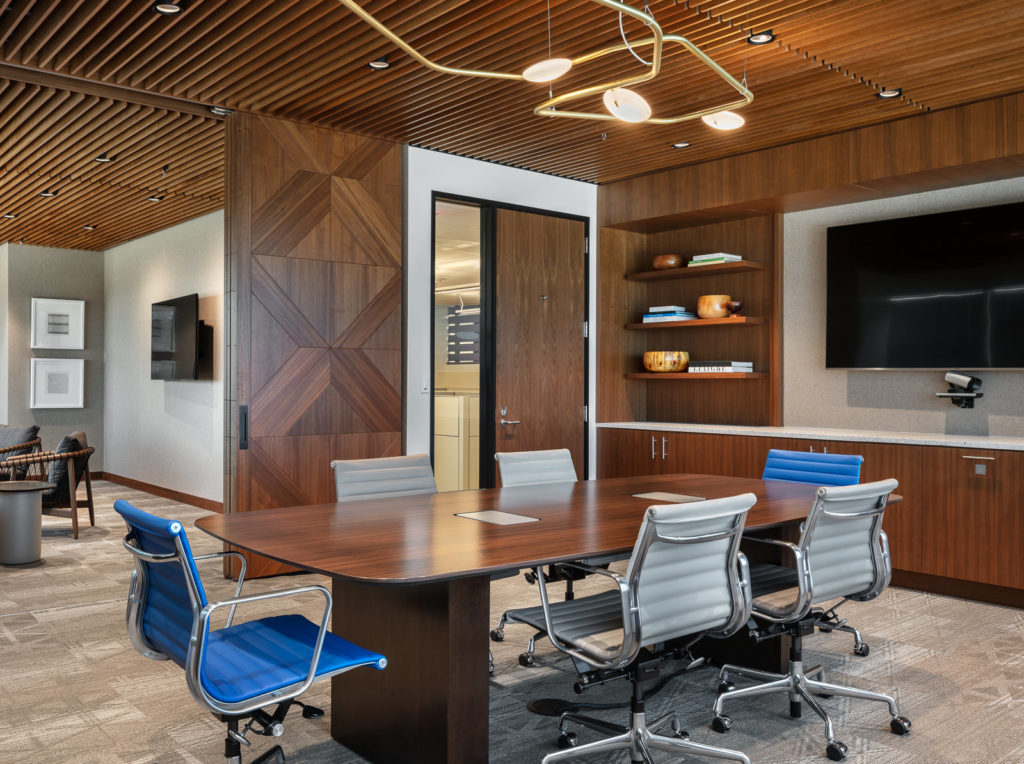
Bottom Line
Cost sharing is a massively beneficial practice for everyone involved. Clients pay a fair yet reduced price for valuable imagery of their projects, photographers make extra money for the licensing, and in most cases, everyone walks away happy. I encourage you to pro-actively pursue cost sharing as a regular part of your business. It will allow you to make more money on individual shoots, and as a result you can spend more time chasing dream clients, working on your craft, creating personal work, or just, well, add even more to your SEP-IRA, 401k, or pension plan.
